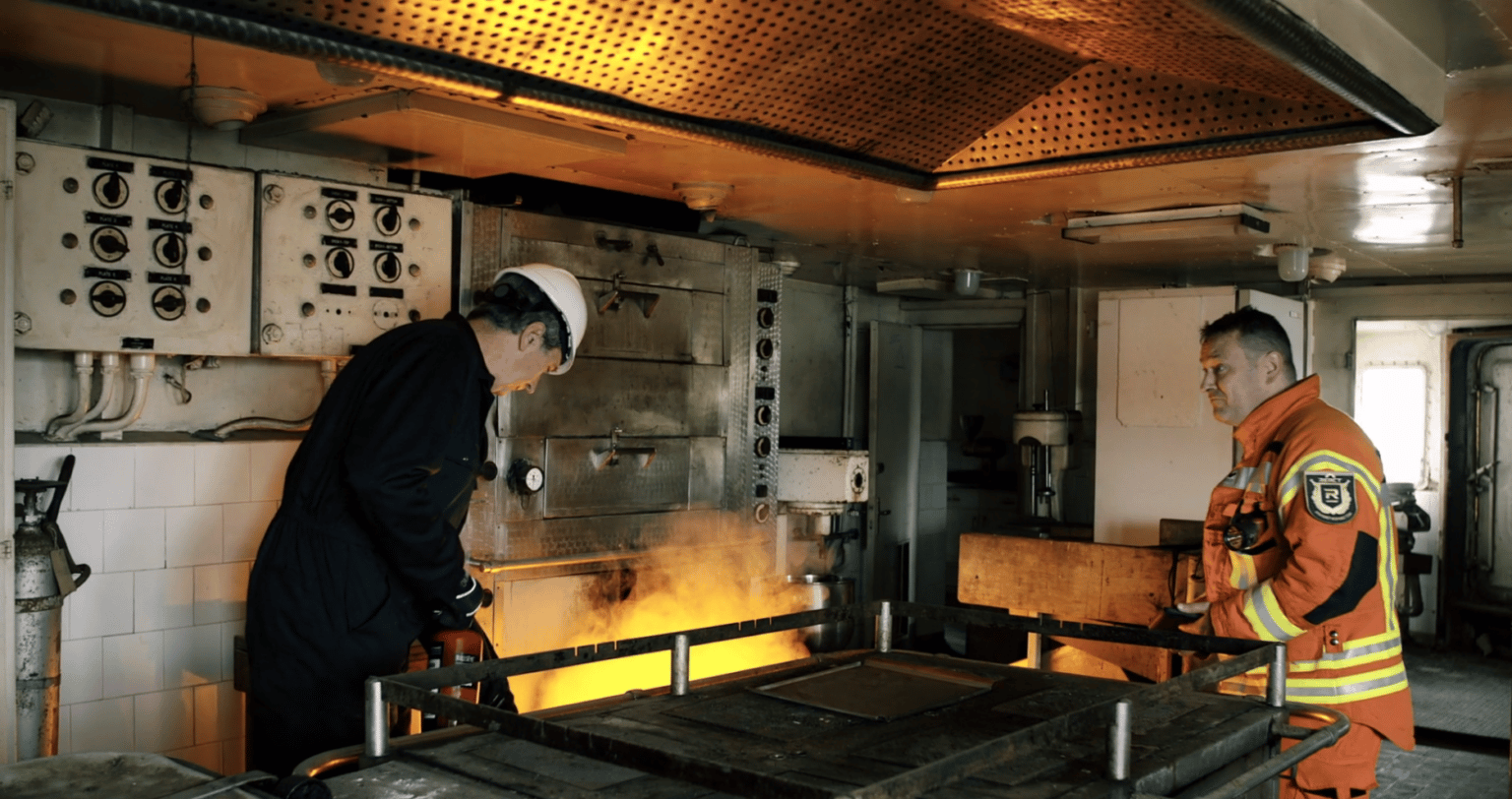Exclusive: Realistic fire training with LION
- October 20, 2022
- 9:33 am


Iain Hoey
Share this content
Martin Joosen, Managing Director at LION (EMEA), talks the latest in digital training solutions that can save on cost whilst preserving efficacy
From digital propane to carbonaceous (class A) fire training solutions, the realism of real-life training is a constant factor in training program development. However, with the recent rise of gas prices in Europe and the rising interest in clean systems, new ways of training need to be developed. Down the line, the goal is to reduce resource expenses like gas usage and lower health and environmental risks during training exercises.
This new approach includes a long-term strategic vision and regular and adequate control over resources and their costs. Everyone considers these essential aspects when developing a training program or looking at healthy turnover for private fire training structures.
Training programs and courses are costly to create in time and resources, to put in place and to keep going regularly. Moreover, a vast audience must also be addressed, from firefighters and special intervention teams to security professionals, training schools and training companies. And even if you managed to get all the above together, the logistic and organisation necessary to get the expected return on investment on the training program is not always as high as we would like.
These days, the elaboration of fire and safety training is closer to a “magical” ground-breaking algorithm than the traditional “create and plan” processes we use. Power and fuel supply like electricity or gas are becoming a heavier part of the budget of training centres, public or private, if it has not already the most significant part.
The cost of fire training
A fire point consumes in 10 minutes up to 4.3 kg of propane gas and a rollover uses 1.5kg of propane gas each time it is turned on, therefore we can calculate that a minimum of 10 minutes of fire training using one gas simulator piles up to a gas usage of 5.8kg.
At the end of September 2022, the gas prices are around €1.65 per kg. Thus a 10-minute fire training using one gas simulator costs nowadays €9.57. To this extent, a training session of 12 people with minimal training set-up and only 1 simulator being used will have a price tag of €57.42.
On the other side, we also know that repetition creates “muscle memory,” which is key to a successful training outcome. You must train as often as possible and within a realistic environment, focused on realism, safe use, and cost-effectiveness. So how can you balance regular training and keeping your cost of operations under control?
Digital fire training equipment
Repetition is one of the most critical parts of good training. Digital training simulators are supplied with electricity, facilitating regular exercise without bearing unforeseen costs due to fluctuating gas pricing. Those training simulators also lower the exposure time of the trainees and instructors to dangerous situations or environments with digital systems.
Not all trainees are fire professionals with adequate protection (such as PPE, SCBA) that need to get used to intense flame and heat. Another great advantage is that the training can occur where the fire hazard is. For example, exercises can happen in the trainee’s building, site, or area. Think of the kitchen for a hospital where the most significant risk is. You can also train during summertime when water restrictions and high temperatures forbid you from using water, gas, or wood.
Realism is key
With the first generation of digital training equipment, it was not possible to train with a high level of realism. After implementing user feedback and advice, the new generation of digital products allows you to get familiar with all firefighting techniques; within all environments such as offices, real-life airplanes, and engine rooms.
You can use water or adapted laser-driven portable extinguishers and nozzles. You can also use your own equipment. No virtual reality or simulation, virtual prop that might make you seasick or nauseous, only actual and singular products. You can take the training to the next level, anywhere, anytime.
After several years on the market, digital fire training products are reaching a new level of realism. They can perfectly replicate the responding fire behaviour on used firefighting techniques in most well-known and standard fire classes. You can now add smoke and heating elements and enhance your training scenario and create a combined simulation with the right amount of cold smoke behaving like real smoke.
Give it shot
Do not let hesitations on realism or global instability around gas supply stop you from fire training – instead try digital fire training. Save on your operations recurring costs and keep on training. Take it to the next level. Add LION digital products to your traditional training equipment. At this point, this is one of the most promising answers to the growing concerns and questions surrounding gas prices, fire training, environmental impact, and natural evolution in this challenging world.



